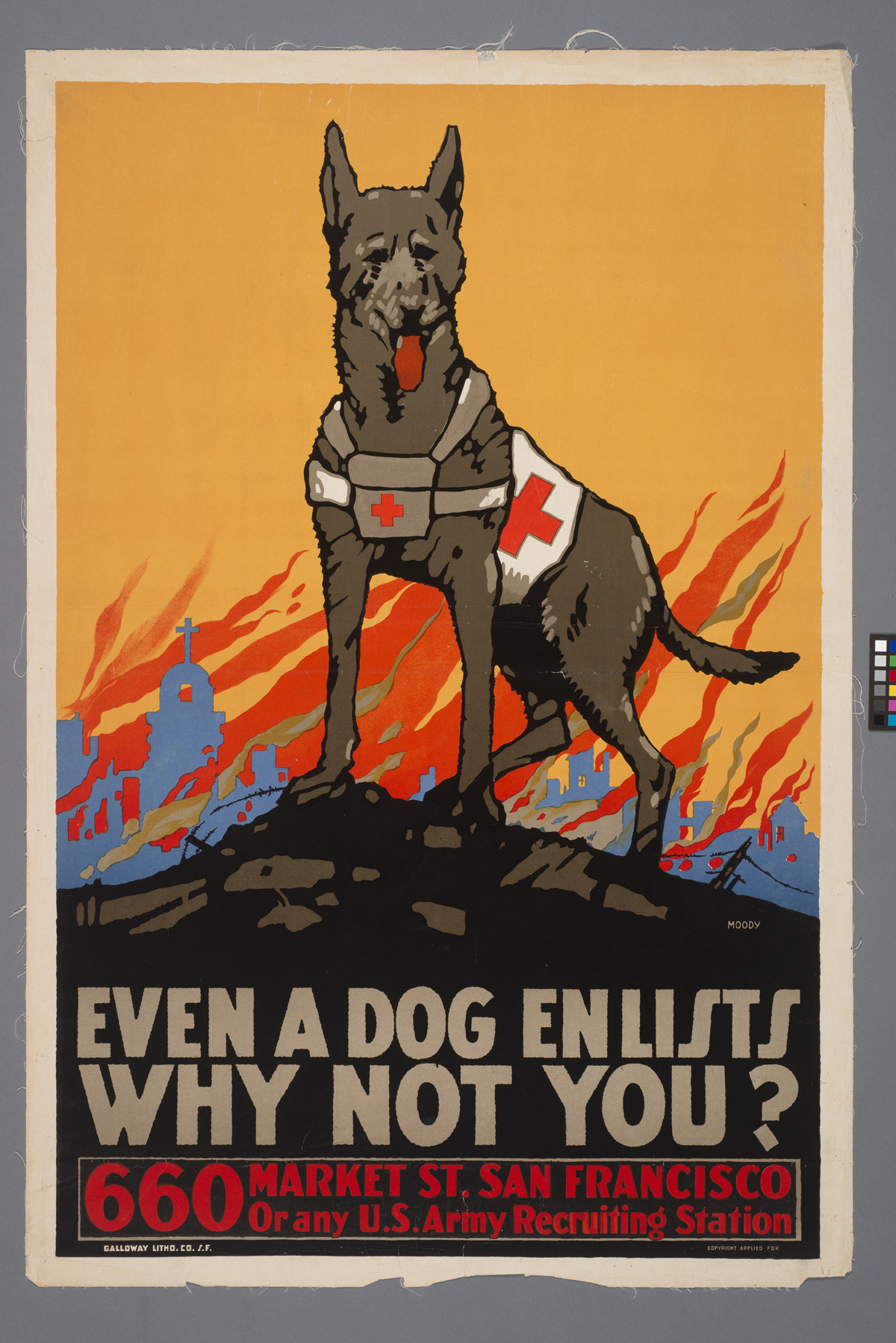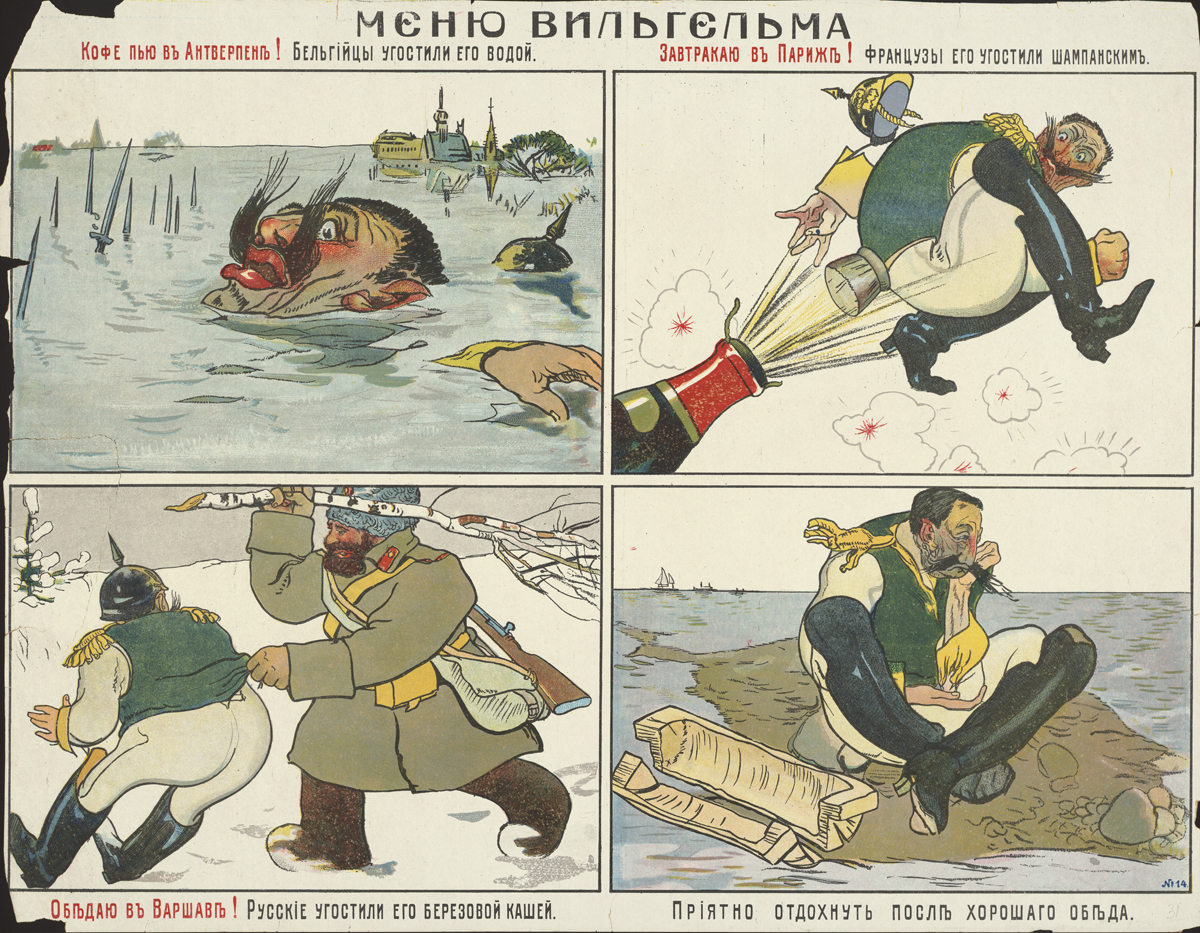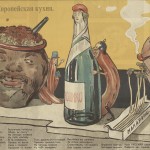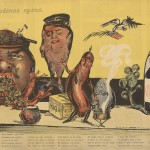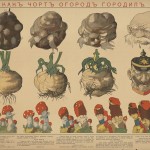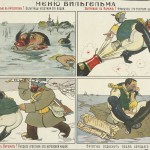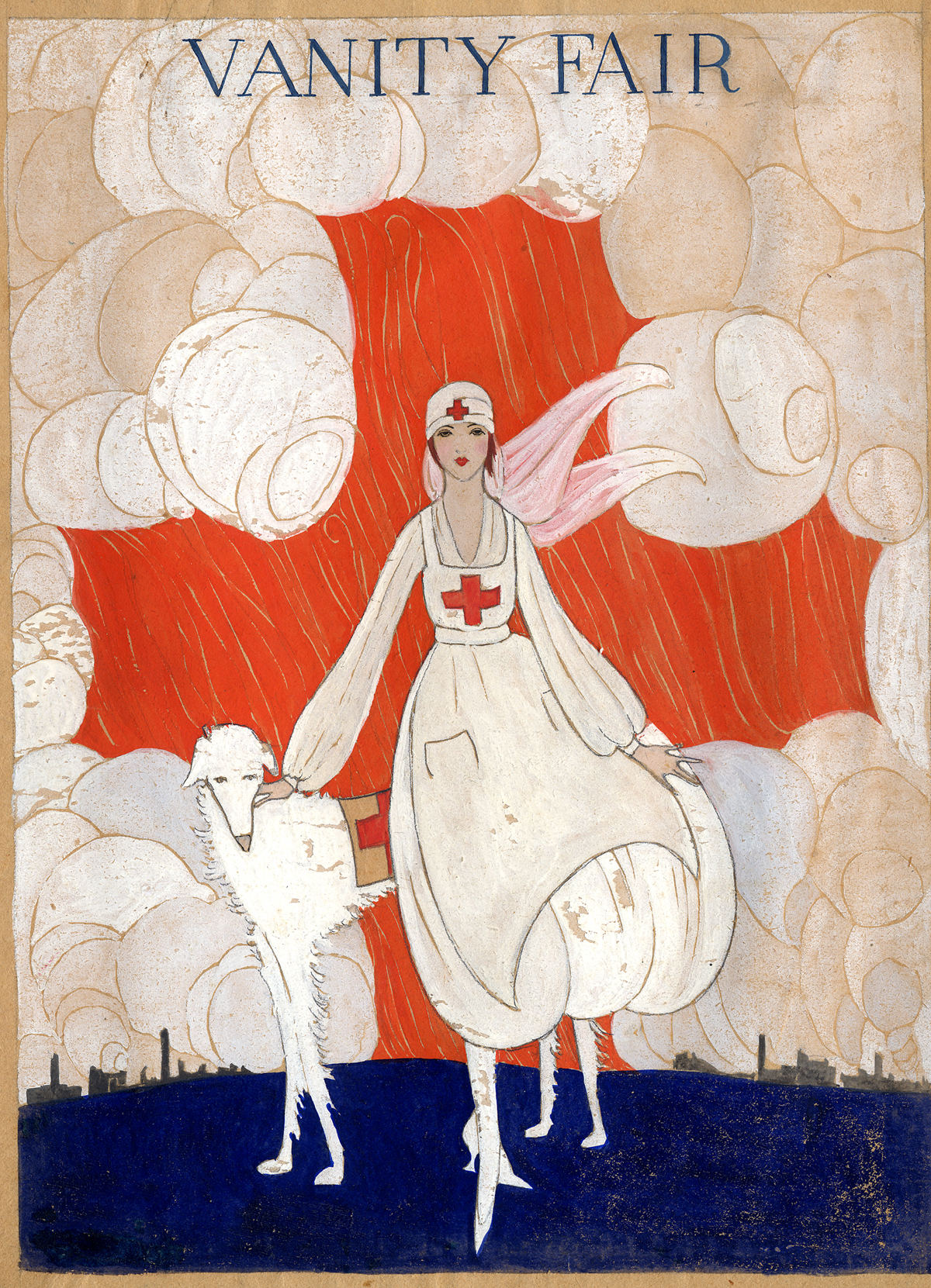During the First World War, dogs attached to the Medical Corps and the Red Cross lived up to the title “Man’s Best Friend” by helping to rescue soldiers.
Medical Corps dogs were trained to enter No Man’s Land (an unoccupied zone between the trench systems of the Allied and Central Powers) at night and locate fallen soldiers. These dogs could recognize the scent of blood, check for a man’s breath, and–if the soldier were alive–deliver his hat to a Medical Corps officer. (The hat’s insignia was an important identification method for the officer.) Stretcher-bearers were then dispatched to rescue the soldier at daybreak.
[Read more…] about In the Galleries: Dogs played major role in the First World War
